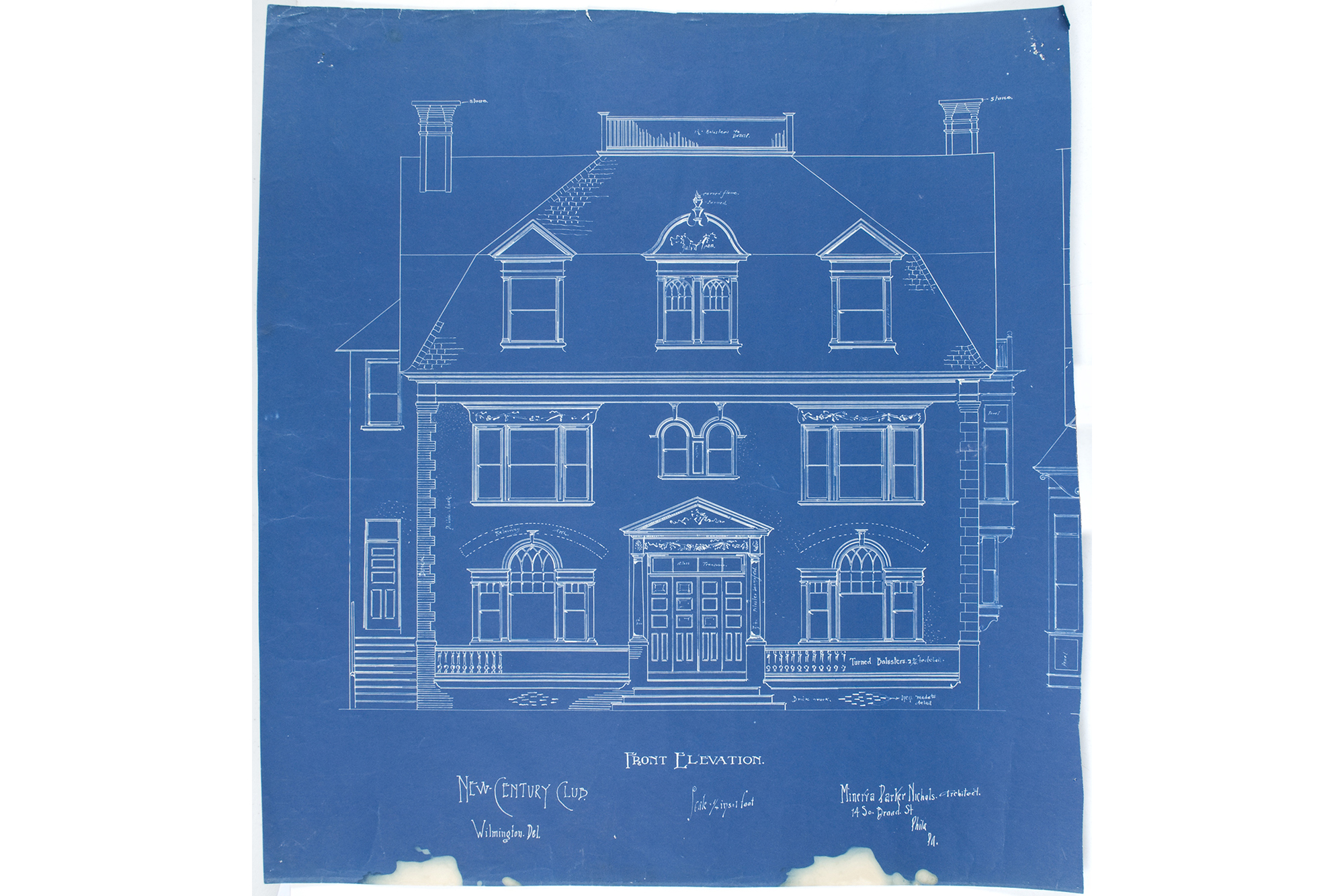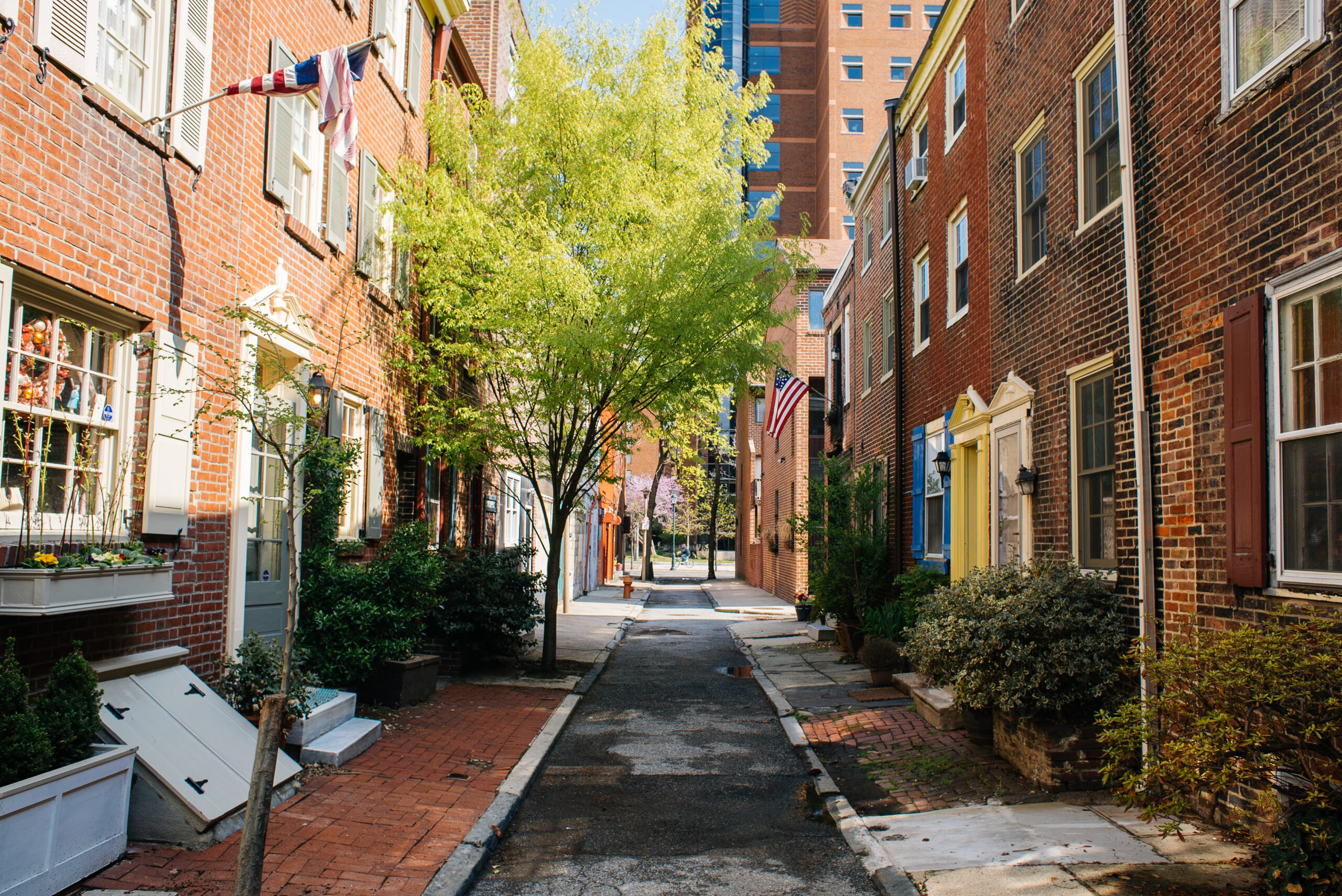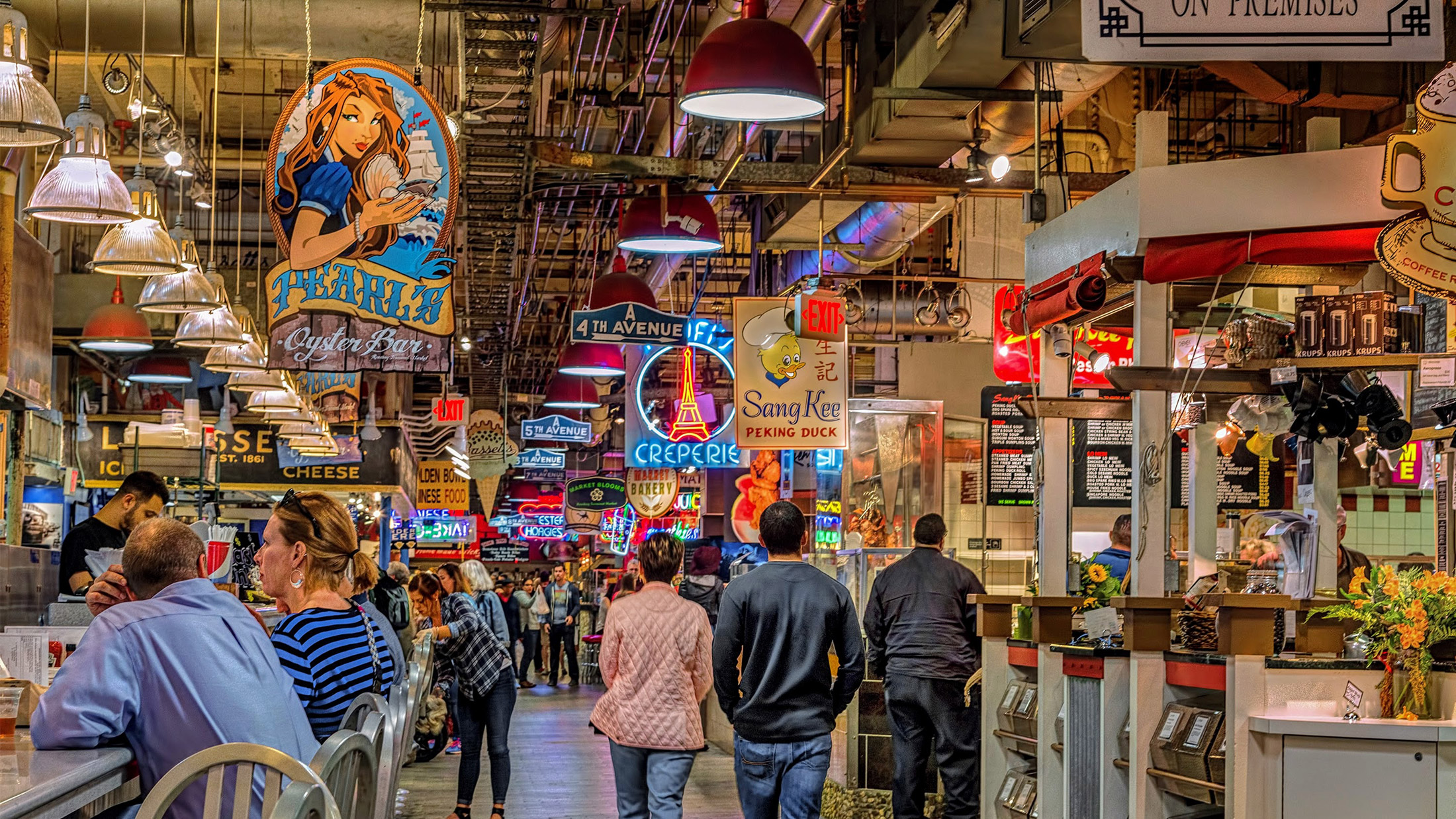philadelphia history
Neighborhood Histories: Queen Village
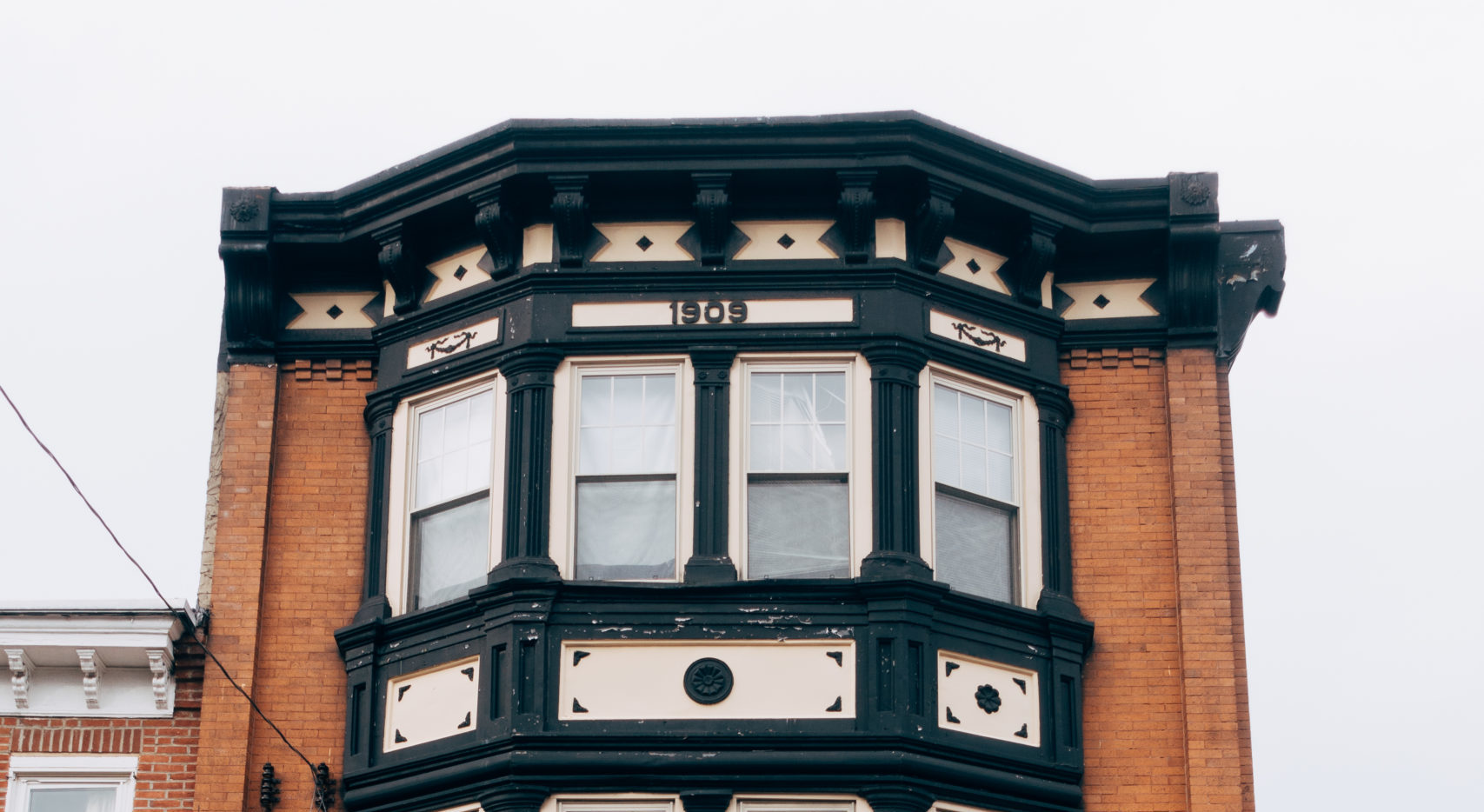
Most people associate Queen Village in South Philadelphia with South Street and eateries such as Jim Steaks and Famous 4th St. Deli. However, there is a lot more to this historic, culturally rich neighborhood than cheesesteaks and mile-high corned beef sandwiches. Here is a stroll through some of Queen Village’s history and the people who shaped it, from the past to the present.
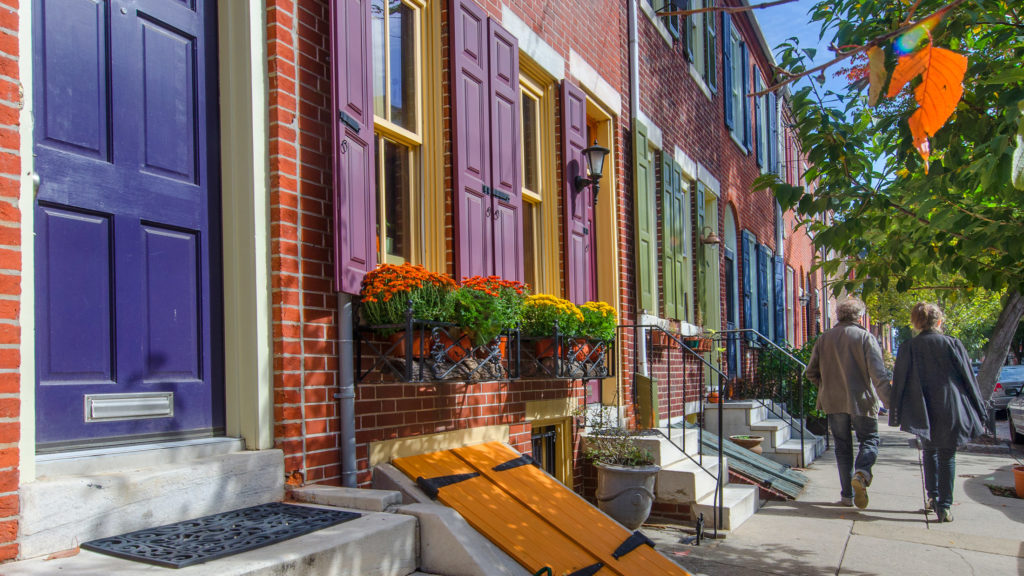
Origins
Long before Philadelphia was a gleam in William Penn’s eye, the area now known as Queen Village had another name. It was called “Wiccaco”, or “Pleasant Place” by the Lenape, Native Americans who had immigrated here from Northern Canada 10,000 years ago.
In 1630, the first Europeans to arrive here were Swedes who purchased land from the Lenape and called their settlement New Sweden. In 1681, New Sweden came under British control as part of a land charter granted to William Penn who renamed it, yet again, as Southwark after a South London neighborhood. That name – Southwark – stuck for almost 300 years!
At the time, Southwark was considered a suburb of Philadelphia. It wasn’t until 1854 that it was officially incorporated into the City. Bordered by Lombard Street to the north, Washington Ave. to the south, the Delaware River to the east, and 6th St. to the west, Southwark became home to successive waves of immigrants, including Irish, Polish, German, Italian, and Russian Jews, as well as African Americans coming up from the south. Sociologist W.E.B. Du Bois documented life in this neighborhood in his seminal 1899 study, The Philadelphia Negro. Meanwhile, the area bordered by Spruce Street in the north, Christian Street in the South, 3rd Street in the east, and 6th Street to the west, became known as the Jewish Quarter with S. 4th St as its main commercial corridor. The first Yiddish theatre was in the center of the quarter, located at 5th & Gaskill Streets.
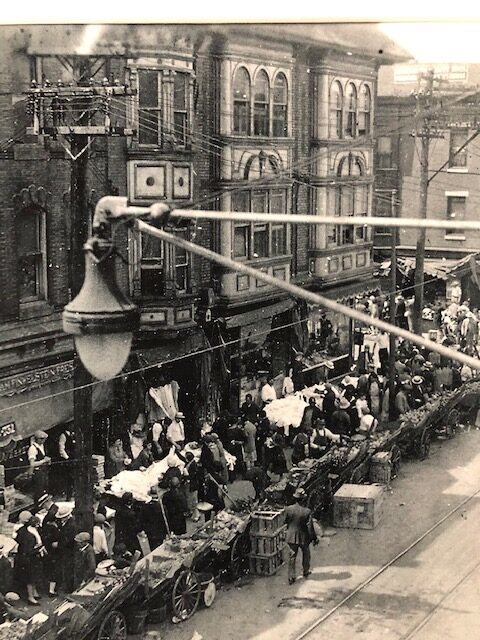
During the first half of the 20th century, this culturally and racially diverse community thrived, but following World Ward II, families started to move to the suburbs. However, many of the Jewish-owned businesses remained on South Street and on Fourth Street’s Fabric Row through the 1950s and 60s. The major blow came in the 1960s when the I-95 Expressway cut off Queen Village from the River and demolished 300 historic homes along Front Street but it was the threat of a Crosstown Expressway, cutting off South Street from Center City, that was the end of Southwark. Property owners on South St and Bainbridge were issued notices of eminent domain. By the time neighborhood associations had successfully fought the Crosstown Expressway plan, it was too late. Businesses had closed. Homeowners had moved. Leaving behind a ghost town of empty storefronts.
South Street Renaissance
Falling property values and empty storefronts beckoned urban pioneers and entrepreneurial artists to reinvent the formerly vibrant shopping district. Among the first was the reopening of the Theater of the Living Arts, 334 South St, in 1964 which had been a theater since 1908 and was currently vacant. Under its new artistic director, Andre Gregory, it developed the careers of major stars including Danny DeVito, Judd Hirsch, Sally Kirkland, and Morgan Freeman.
Four years later, Eyes Gallery, 402 South St., opened, specializing in Latin American folk art and owned by mosaic artist Isaiah Zagar and his wife Julia. At the same time, hip, young restaurants, and gay nightclubs opened, including Lickity Split, 401 South Street; Knave of Hearts, 230 South Street; and Judy’s at Third and Bainbridge. The restoration and reopening of Head House Square in 1969 as an open-air crafts market made it official. Southwark was back!
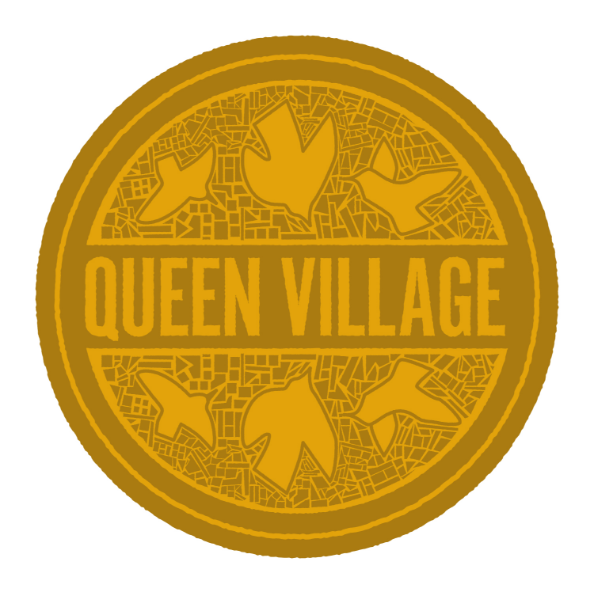
Except, it wasn’t really called Southwark anymore. In the late 1970s, Southwark was renamed Queen Village after the Swedish Queen. Rebranded as a way to attract a younger demographic that was interested in the neighborhood’s reemergence as a vibrant area, filled with restaurants, shops, and easy access to Center City. Parks and playgrounds got restored. New homes began to appear amid the surviving 18th- and 19th-century dwellings and older homes were refurbished. Today, Queen Village is a highly desirable neighborhood of quiet, tree-lined streets and over 300 restaurants, cafes, and shops.
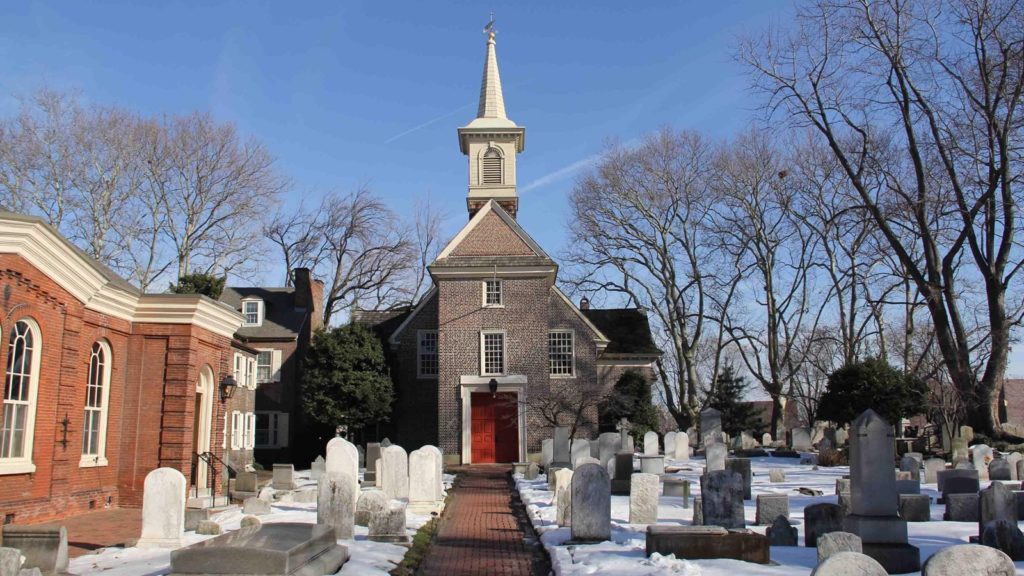
Historic Buildings
Queen Village’s past is evident in its historic architecture, starting with Old Swedes Church and cemetery, 929 S. Water St, built in 1698. Then there is B’nai Reuben Anshe Sfard, 615 S. 6th St, the oldest Synagogue in Queen Village. The congregation was founded in 1883 and the synagogue was constructed in 1904 in the heart of the former Jewish Quarter. Vacated in 1956, it became an antique market from 1985 to 2013 before being converted into apartments.
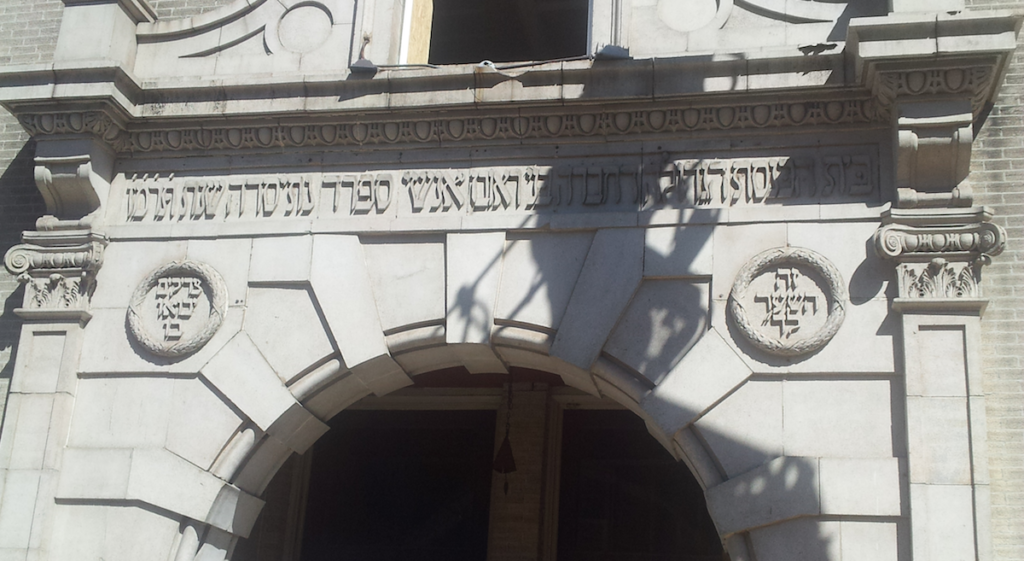
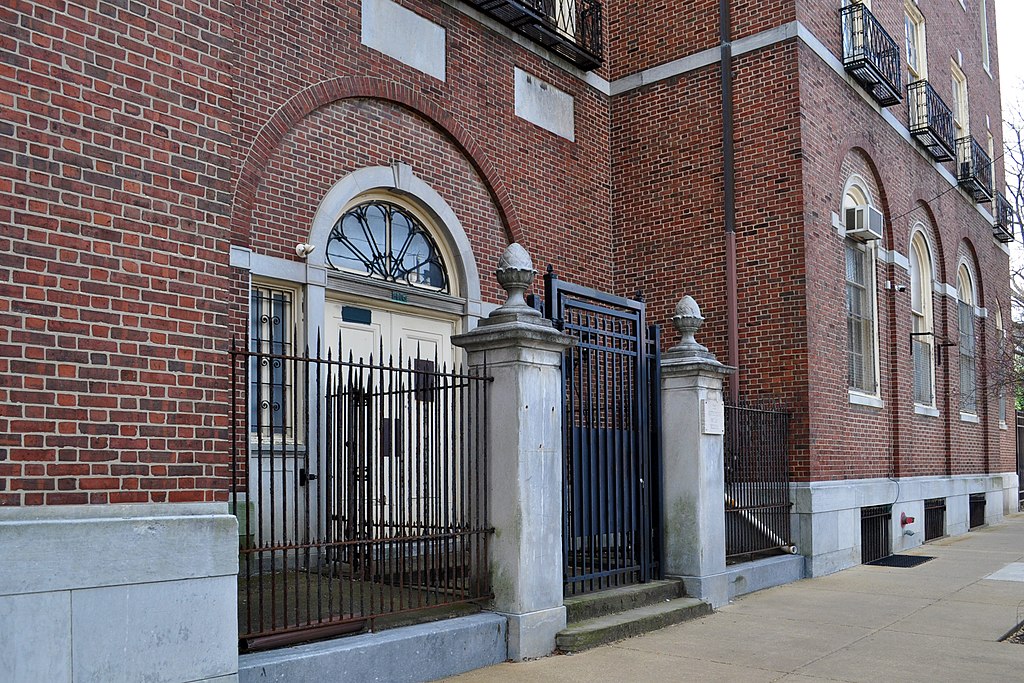
Settlement School, 416 Queen St, was founded in 1908 as the music program of the College Settlement in Southwark. It eventually expanded as a City-wide program in music, dance, and the creative arts.
Captain Thomas Moore House, 702 S. Front St, built in 1776 is one of several mid-18th-century houses that have survived on this block.
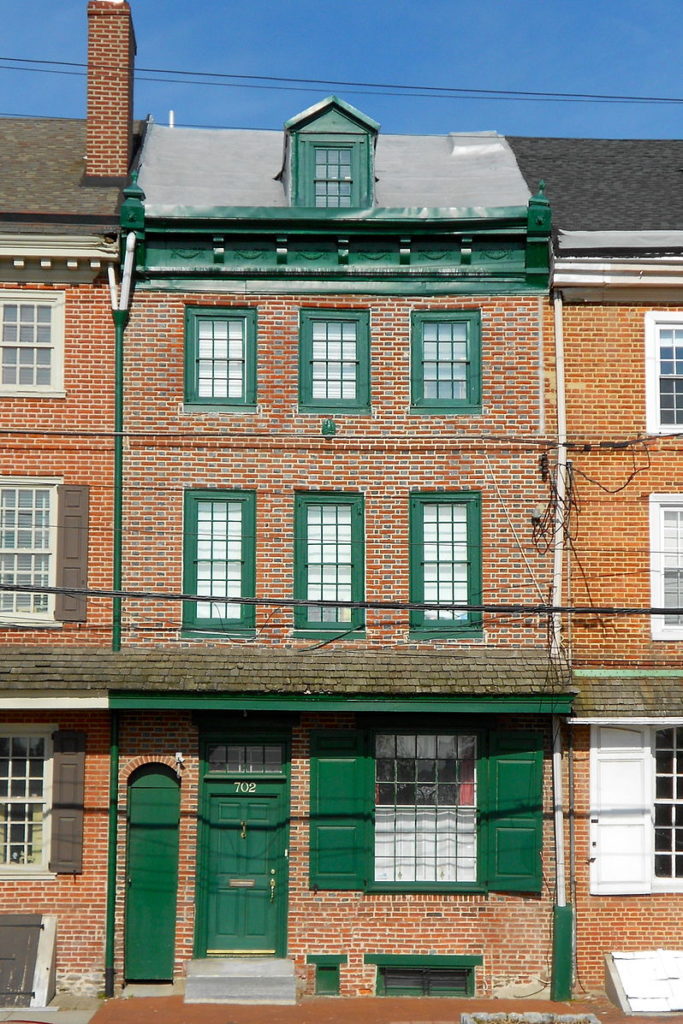
When you visit Queen Village in the heart of Philadelphia, bring your appetite for history, architecture, fashion, crafts, and an adventurous palate to experience an eclectic cuisine that reflects the neighborhood’s diversity.
This blog post is part of a series titled Neighborhood Histories where we discuss the history of our beloved Philadelphia neighborhoods, their architecture, and communities. We’ve written about Francisville, Fitler Square, Rittenhouse, Northern Liberties, and more. Have a favorite Philly neighborhood you’d like us to write about next? Drop us a note!





